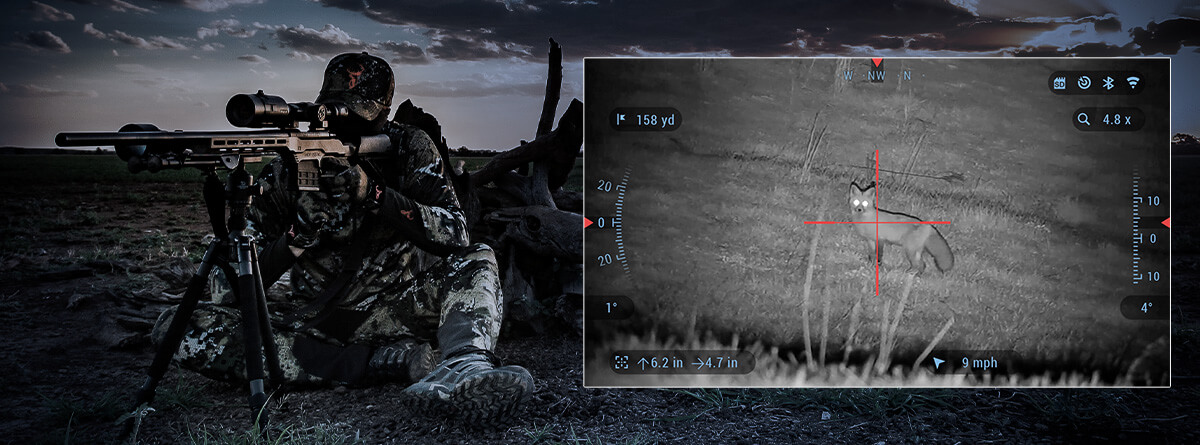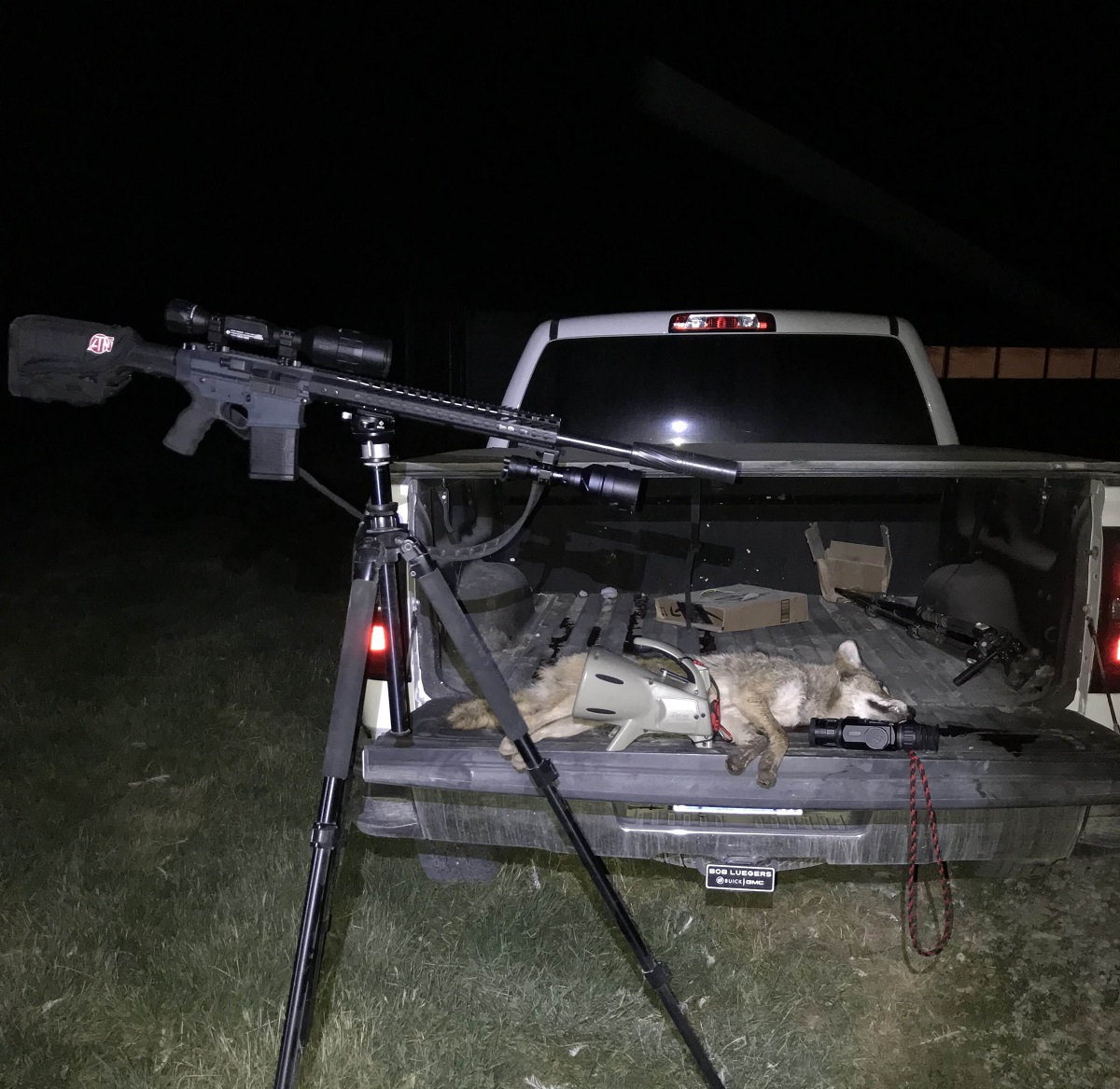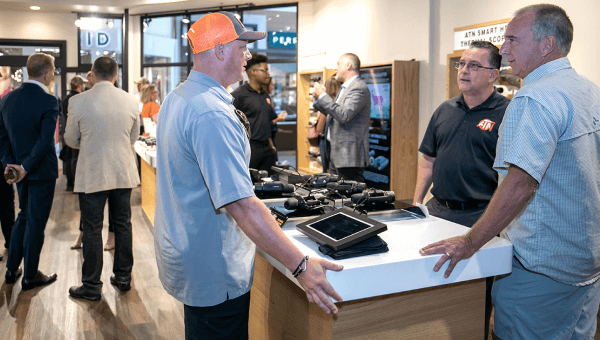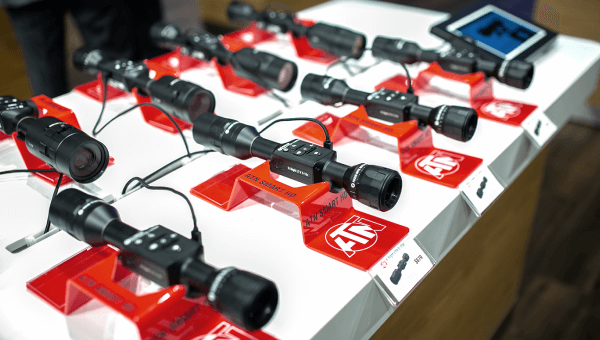Night Vision - Atmospherics and Environment

By: Joshua Franklin
A comment that we see on a regular basis is, "Can my Thermal/Night Vision see in _______?" Let's dive into the what if's and why not's for each setup and see if this can clear some of the questions and confusion up on the capabilities of each unit.
The ATN X-Sight 4K / X-Sight II HD are digital night vision units. They require, for most practical applications, the use of an external Infrared Light to be able to see. While the IR is invisible to our naked eyes, the sensors in the night vision, or even traditional tube style night vision for instance, pick this light up and that is what allows you to see in the dark in a general explanation. That being said, we are talking about Infrared and not X-Ray. Using night vision in fog, vegetation, snow, humidity, rain, etc. can all severely degrade the capabilities of your units.

The most predominate reason that you will lose sight picture clarity is usually, not always, but usually due to the moisture in the air. Whether or not the moisture is in the form of fog, snow, rain or some other form, that's generally the #2 reason people have issues with their clarity or not being able to see. The #1 reason is usually related to an improperly placed IR light in relation to the scope or an inferior IR light to what you see being used in a lot of the videos online. IR light is no different in its predictability and usage as a white flashlight or car headlights that you use to see in the dark. If you are driving down the road and it's really foggy outside, have you ever tried to turn on your high beams? It causes your light to "bloom" or refract off of every water droplet in that wall of fog, essentially rendering it useless. It causes a whiteout and reduces your ability to see the road drastically. If you shine a tree, you will see the left and right side of the tree being illuminated, but you won't be able to see directly behind it because the light isn't capable of passing through a solid object. These principles hold the same truths when we are talking about IR light and night vision optics. Whether it is trees, vegetation, fence rows, or another solid object, it's something you have to be cognizant of when you're making your stand setups, identifying your targets or taking your shots at night.

To touch on the #1 reason as mentioned above, the IR placement in relation to your optic is also critical. ATN has a robust selection of IR Lights, like the IR850 Pro and the Super Nova, they produce a more powerful beam, which will give you an extended range with your Night Vision optic. Through my time in the field, I have found that the best place that you can put your IR illuminator is on the bottom of your handguard (on AR platforms) or mounted on the bipod stud (for bolt action rifles) and as far forward as you can get it on the rifle towards the muzzle. There are certain instances where people have their IR mounted on the left, right or even directly above their optics. This is not a deal breaker, but again, if you think of it in relation to a flashlight, do you have an easier time seeing if you hold the flashlight out in front of you in your hand or if you put the flashlight ¼' from your eyeball on your temple? The extremely close relation of the light to your eye is the same as the IR being too close to the night vision sensor. The flashlight overpowers your actual eyeballs capability to process that much light the same as it can overpower the night vision sensor in the optics. A sunshade (included with your ATN optics) can help to mitigate some of this light splash and allow you make the most of your setup.
I hope that this helps to explain some of the things you have to be mindful of when you are setting up your night vision optics and allows you to have more success in the field!






